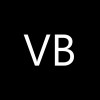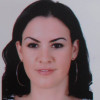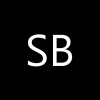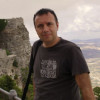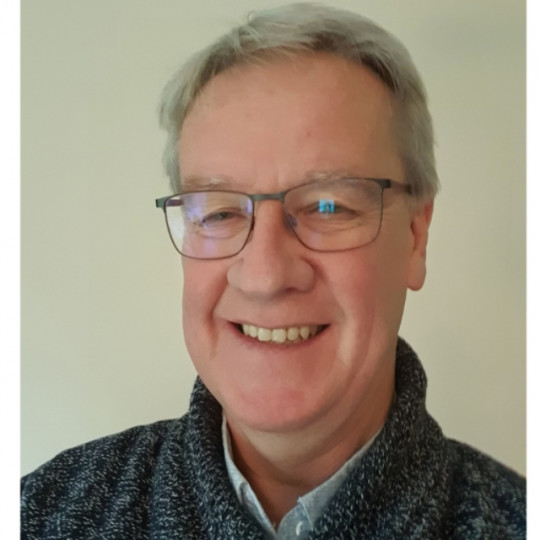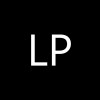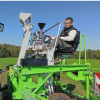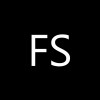Context
Sugarbeet field phenotyping with high accuracy and reliability for assessment of resistant sugarbeet to biotic stresses is required but lacking. The small dimensions of breeding trial plots and the need for frequent revisits hamper the use of airborne images, especially with UAVs, able to deliver assessments at a very high spatial resolution pixel size with a very flexible temporal resolution. High-resolution hyperspectral remote sensing imagery is described to be appropriate to produce optical indices related to the crops health status.
Objectives
This project aims at applying the UAVs potential for the quantitative assessment of a specific plant disease within breeding trial plots.
Description of tasks
Disease symptoms have been assessed during two successive years through several specific artificially inoculated breeding trials. Inoculated trials have been compared to non-inoculated ones in a replicated plots experimental design. Selected varieties showed a gradient of sensitivity to the disease. In situ visual observations (disease symptoms quantification) have been performed several times after crop inoculation. In the meantime UAV images (with embedded RGB, multispectral and hyperspectral imaging sensors) and similar ground-based spectral information have been acquired.
Obtained results
This project made it possible to deliver a rapid operator-independent tool to assess in a standardized way diseases at the breeding trial plot level.
The specific scientific results obtained are:
- Possibility of defining 2 groups of powdery mildew infection from models developed or indices calculated on spectral data acquired in the field, on the ground, using portable fluorimetry and spectroscopy instruments;
- Possibility of identifying 3 to 4 groups of sensitivity to powdery mildew from models developed or indices calculated on spectral data acquired under controlled conditions, in greenhouses, using portable instruments or hyperspectral imaging cameras mounted on ground platforms;
- Possibility of defining 2 groups of powdery mildew infection from models developed or indices calculated on spectral data acquired in the field, in remote sensing, using hyperspectral imaging cameras mounted on UAV.
Each platform has its advantages and disadvantages depending on the experimental conditions. Compared to visual observations or field measurements, image captures by drone are however much faster and measurements more precise and homogeneous.
The potential users are breeding companies and institutions, companies involved in fungicide treatment screening (at field level) or in disease/fungicide application forecast, agricultural research centres, crop phenotyping companies, agricultural UAV companies, agricultural remote sensing sector, agricultural sensor and robotics companies.
Contribution
This project is coordinated by SESVanderHave (SV). SV presents important field trial potentialities and has also large experience in the follow up and assessment of in situ sugar beet breeding field trials. SV provided its sugar beet field trials and its breeder expertise in variety and disease assessment. These expertizes were useful to lead the study and to collect field observations on the disease as reference data for the study.
The expertise of VITO for UAV (equipment, flights, pre-processing and processing) and hyperspectral plant stress detection were used to acquire, process and analyse images over the trials.
The expertise of CRA-W in ground-based multispectral and near infrared (NIR) hyperspectral applications as well as in chemometrics provided support in the use of hand-held/embedded field devices to validate the acquired spectral information in relation with the visual observations.
Partners
SESVANDERHAVE N.V./S.A. | Industriepark, Soldatenplein Z2, 15 3300 Tienen, Belgium
Vlaamse Instelling voor Technologisch Onderzoek (VITO); Boeretang 200, 2400 Mol, Belgium
CRAW off coordinator
Olivier Amand, Biotic Stress Manager, Tienen (SESVanderhave)

